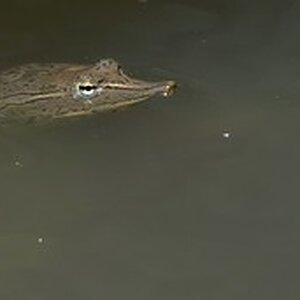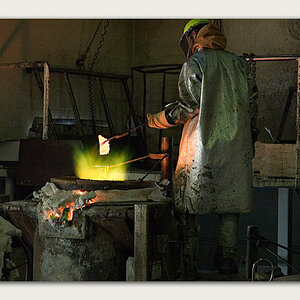brandirad
TPF Noob!
- Joined
- May 15, 2012
- Messages
- 19
- Reaction score
- 5
- Location
- Las Vegas, NV
- Can others edit my Photos
- Photos NOT OK to edit
i just purchased my first dslr camera two weeks ago.(canon rebel t2i) i will mostly be taking action pictures of dirtbikes and jetski's probably from a longer range as well. any tips or suggestions? i already figured out autofocus isn't always the best thing because it tends to focus on the background rather than the subject when it's in motion. or at least that was my experience. i will post pictures later tomorrow with what i came up with last weekend. my computer is running really slow right now. thanks for any advice. 


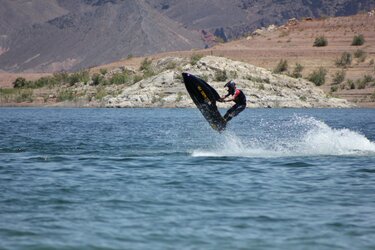
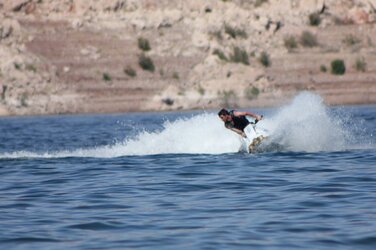
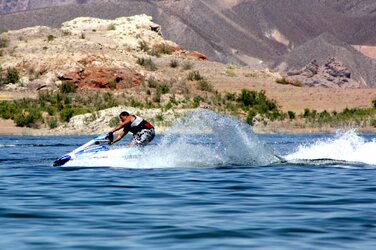
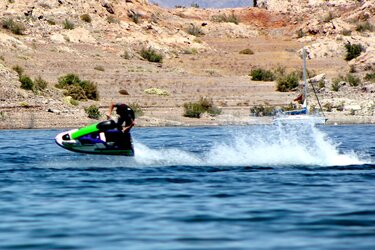
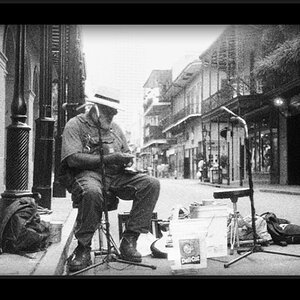
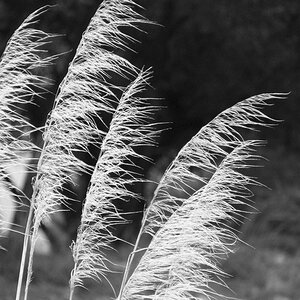



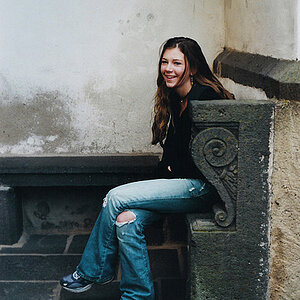
![[No title]](/data/xfmg/thumbnail/35/35870-e324e80cd11d99176357e12cd2ba3b8a.jpg?1619737196)
![[No title]](/data/xfmg/thumbnail/32/32805-61ca9a4fb87d37c0ef4f991ac1705e1f.jpg?1619735667)
